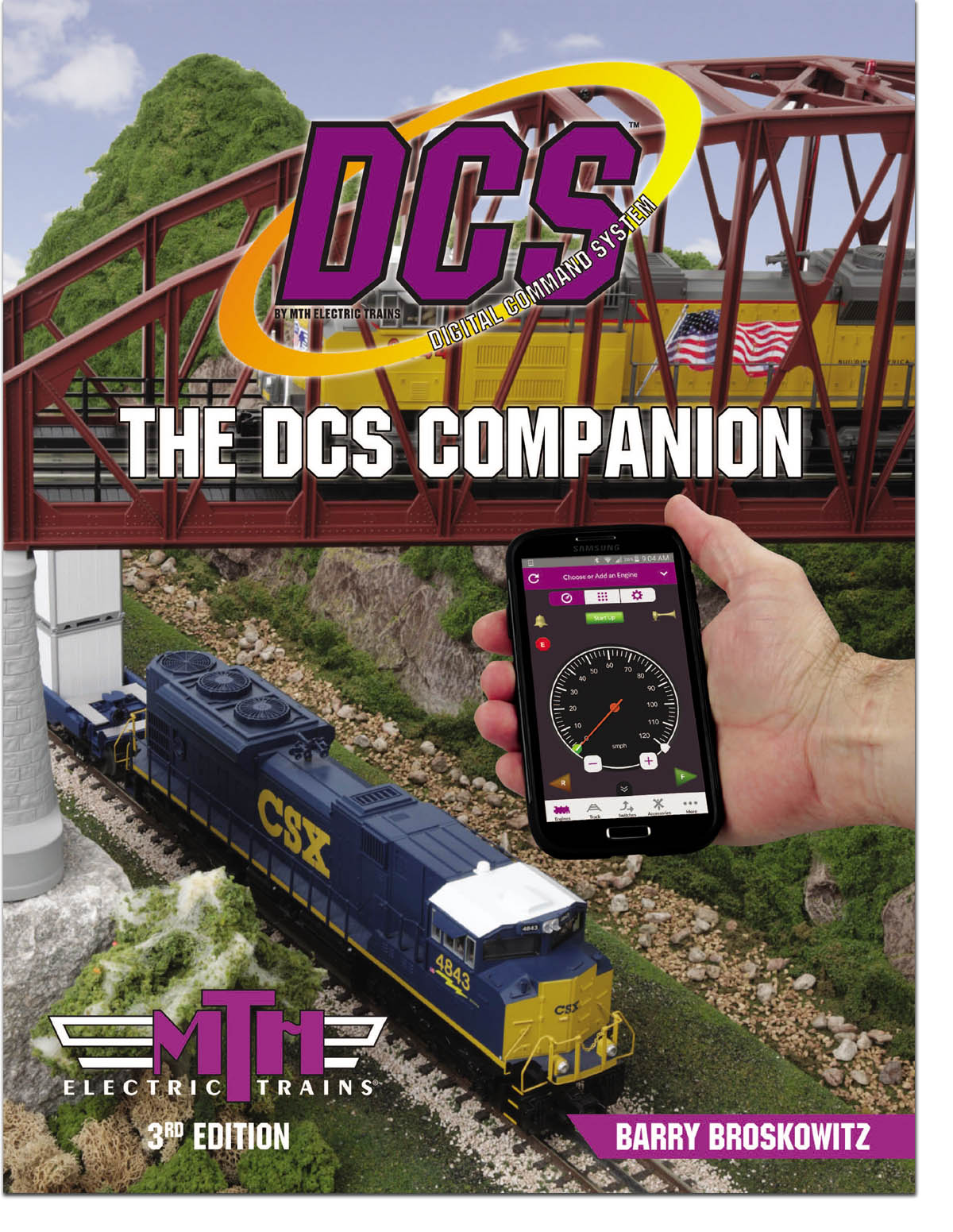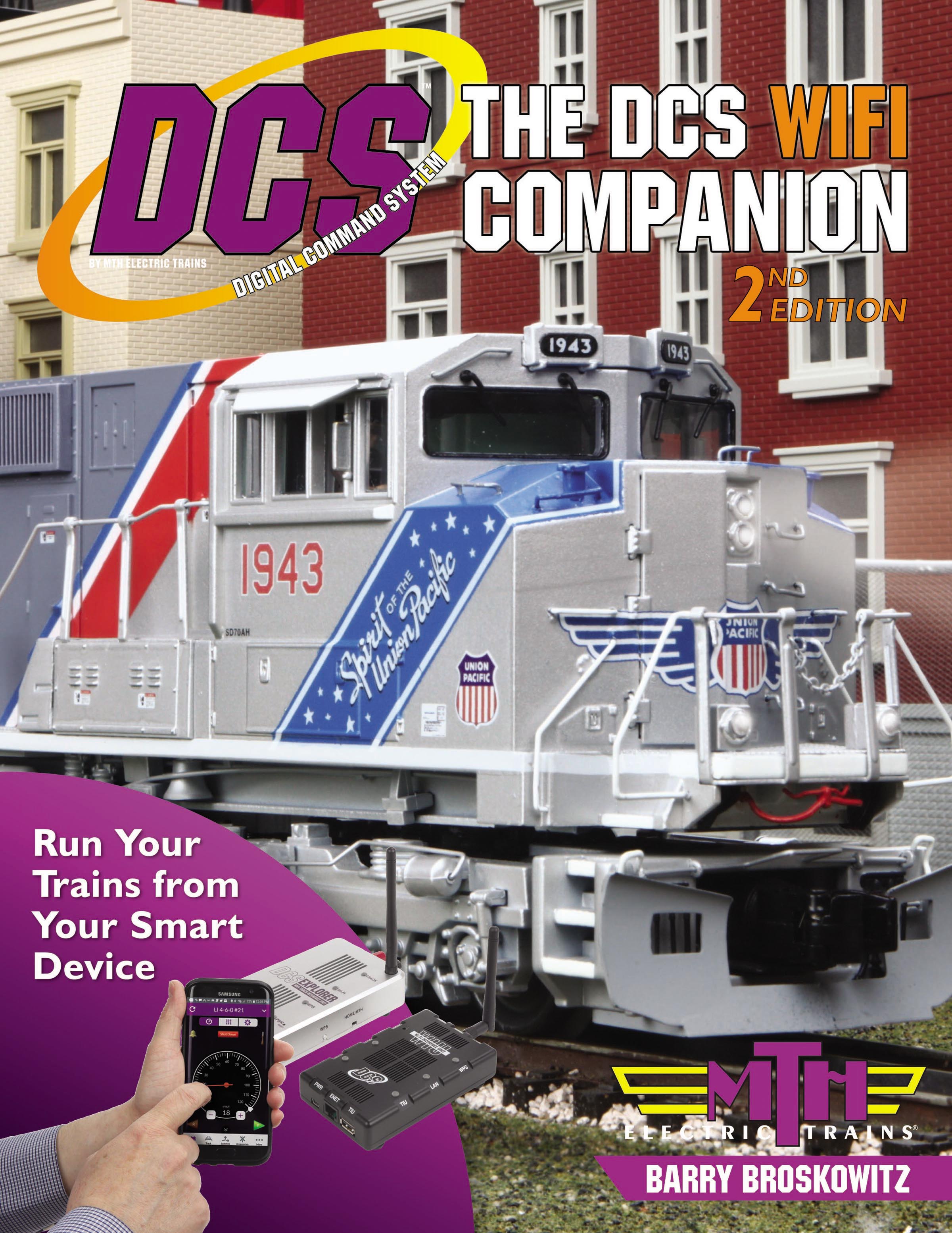Hey guys,
I noticed that my two doubleheaded Triplex's pull significantly far ahead of my 0-8-8-0 Angus - that I had on the rear as a pusher - all are programmed as a lashup and are controlled that way. This eventually results in increasing coupler tension - and eventually will pull apart at some point in the consist. Is there anything I can do to make them run at the same speed in a lashup? I thought this was automatic by way of speed control? It doesn't matter how many chuffs per revolution each engine is set to?






